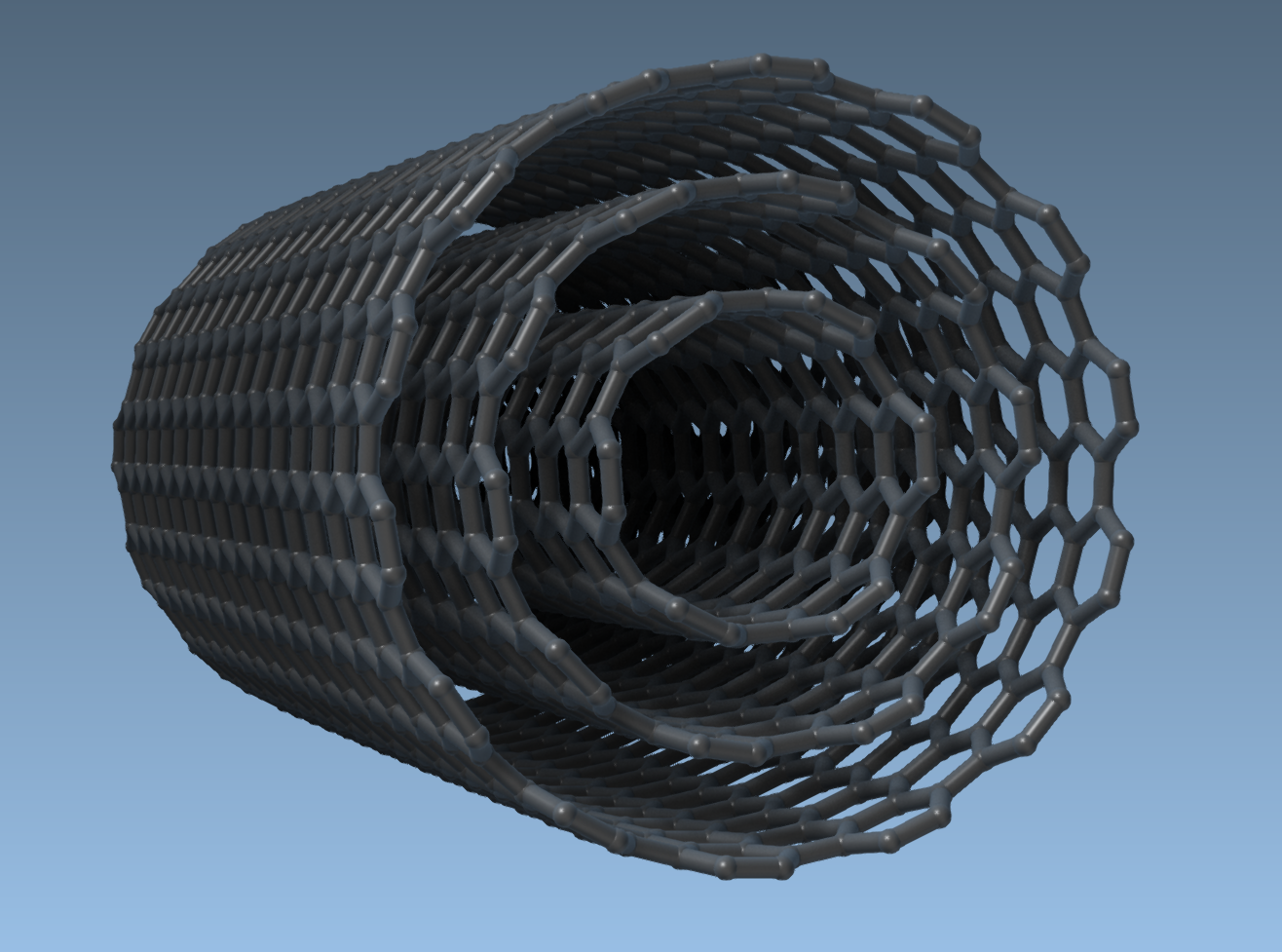For molecular modelers working with carbon nanostructures, creating accurate models of carbon nanotubes (CNTs) can be a time-consuming task—especially when aiming to simulate or analyze multi-walled configurations. Whether you’re preparing for a simulation, visualizing a nanostructure for publication, or testing hypotheses in drug delivery systems or nanoelectronics, setting up geometrically correct CNTs is often the first step that eats into valuable time.
Fortunately, using the Nanotube Creator extension in SAMSON, you can quickly build single- or multi-walled CNTs with just a few clicks. This blog post focuses on one specific and practical task many users face: how to build a multi-walled carbon nanotube with precise control.
When Does This Matter?
If you’re exploring nanoelectromechanical systems (NEMS), thermoelectric properties, or designing CNT-based membranes, a multi-walled CNT model provides a realistic structural configuration. Stacking concentric tubes accurately also helps simplify the comparative study of chirality-dependent behaviors or mechanical stability.
Setting Up: Build Three Concentric CNTs
To walk through a concrete example, let’s create a multi-walled CNT by stacking three concentric carbon nanotubes. Each will be defined by different n and m values, which determine their tube radius and chirality.
- First, activate the Nanotube Creator extension in SAMSON.
- In the graphical interface, set the start / end positions to:
(0, 0, 0)and(40, 0, 0)— to create tubes that run along the x-axis and measure 40 Å in length. - Now build each of the following CNTs:
- CNT 1:
n = 6,m = 6. Click Build. - CNT 2:
n = 10,m = 10. Click Build. - CNT 3:
n = 14,m = 14. Click Build.
- CNT 1:

Tips for Better Control
- You can use the GUI to scroll through parameter values or type them manually for high precision.
- Check the structure’s axis and lengths visually in the viewport, and verify the output parameters in the status bar.
- All tubes are built concentrically as long as the start/end positions are kept identical.
What You Can Do Next
- Visualize your structure or export images using SAMSON’s rendering tools (visualization guide).
- Use real-time molecular simulations to test mechanical or thermal behaviors (like in this carbon nanopore example).
- Add functional groups or incorporate CNTs into larger molecular systems.
Multi-walled CNTs are useful models in areas ranging from material science to drug encapsulation — and now, they no longer need to hold up your workflow. With this approach, you can generate nested CNTs in less than a minute and move forward to simulation or analysis.
To learn more, see the full documentation page: Building nanotube models in SAMSON.
SAMSON and all SAMSON Extensions are free for non-commercial use. You can download SAMSON at https://www.samson-connect.net.





